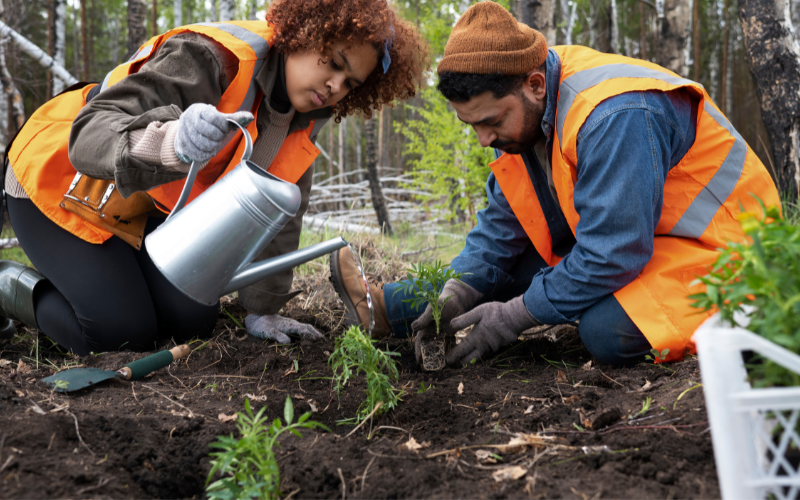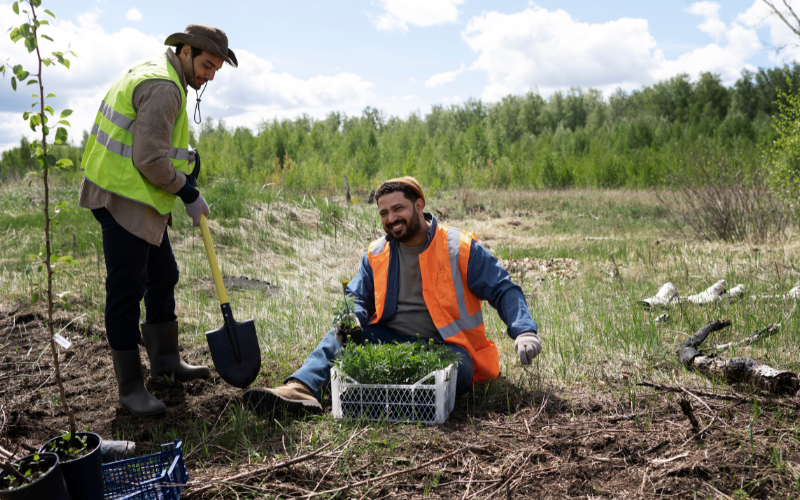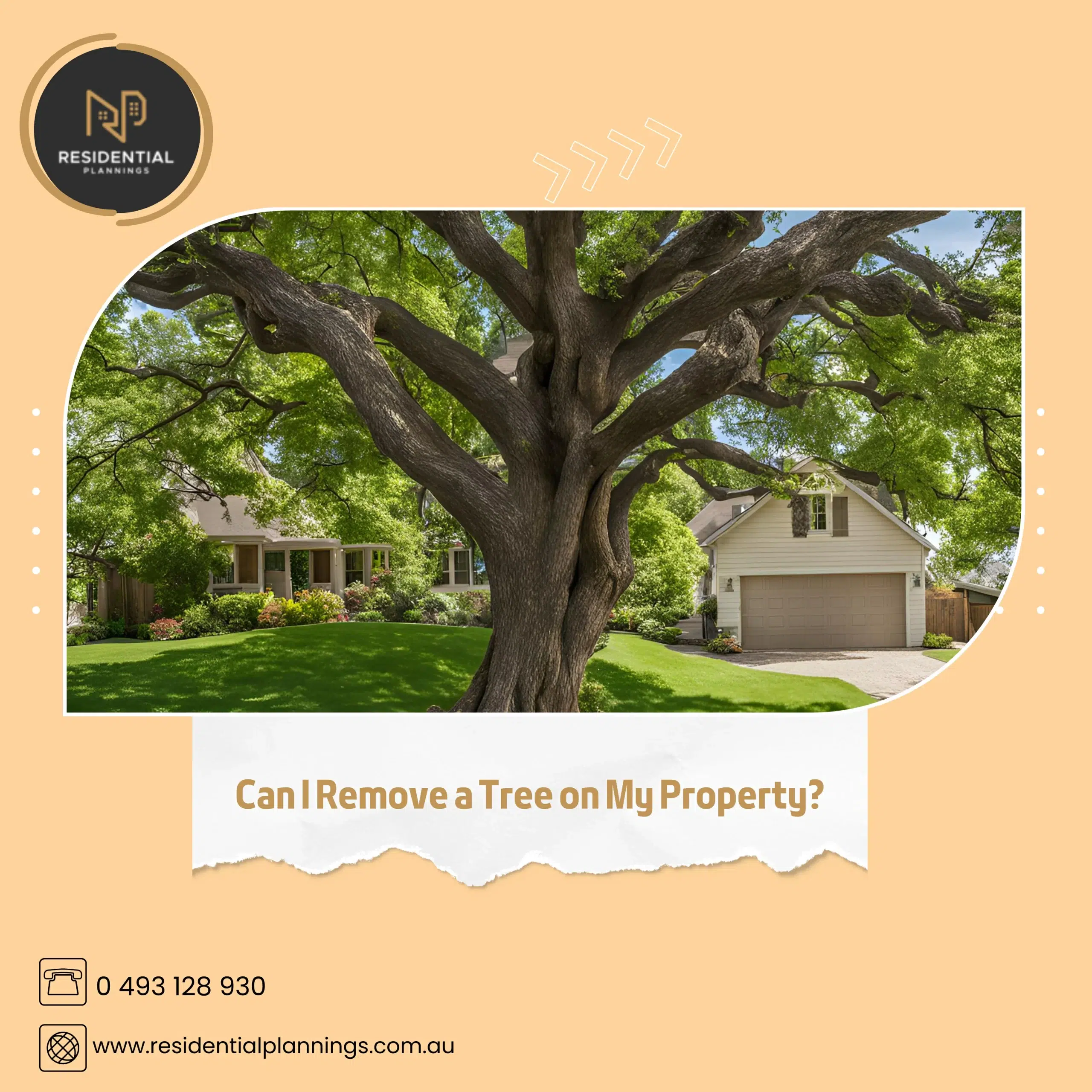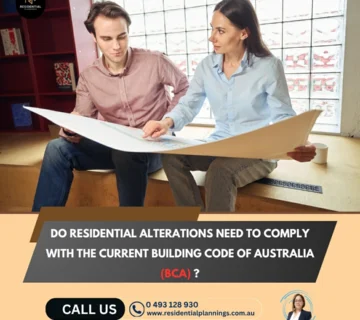As a property owner in Australia, you may be wondering if you have the right to remove a tree on your land. The answer is not always straightforward, as tree removal laws and regulations vary across states and local councils. In this article, we’ll provide an overview of the key factors to consider before removing a tree on your property.
Understanding Tree Protection Laws
Australia has a range of tree protection laws designed to preserve the country’s unique biodiversity and maintain the environmental, cultural, and aesthetic value of trees. These laws are primarily enforced at the state and local council levels, with some overarching federal legislation like the Environmental Protection and Biodiversity Conservation Act 1999.
In most cases, you must obtain a permit from your local council before removing a tree, especially if it is a large, mature, or native tree. Failing to secure the necessary approvals can result in substantial fines or even legal action.
Protected Trees
Local councils often have Tree Preservation Orders (TPOs) or similar regulations that protect trees deemed significant due to their size, species, location, or heritage value. Protected trees may include:
- Trees over a certain height (e.g., 5 meters) or trunk diameter (e.g., 300mm)
- Native species like eucalyptus, acacia, banksia, corymbia, and angophora
- Trees with historical, Aboriginal, or cultural significance
- Trees that provide important habitat for wildlife
If a tree on your property falls under any of these categories, you will likely need council approval to remove it.
Exempt Trees
In some cases, you may be allowed to remove a tree without a permit. This typically applies to:
- Smaller trees below the size thresholds set by your local council.
- Non-native or invasive species considered pests.
- Trees that pose an immediate risk to safety or property.
- However, it’s always best to check with your local council before proceeding, as exemptions can vary.
10/50 Vegetation Clearing Rule

If you live in a designated bushfire-prone area, you may be able to clear trees within 10 to 50 meters of your home under the 10/50 Vegetation Clearing Scheme. This allows you to create a defensible space around your property without needing council approval. However, there are still some restrictions, such as not being able to clear trees on slopes or using methods that disturb the soil profile.
Provisions of the 10/50 Rule
Under the 10/50 Vegetation Clearing Scheme, eligible landowners are permitted to:
- Clear trees on their property within 10 meters of a home, without seeking approval.
- Clear underlying vegetation such as shrubs (but not trees) on their property within 50 meters of a home, without seeking approval.
- The distances are measured from the external walls of the habitable building and include attached structures like decks and garages, but not detached garages or sheds.
Eligibility for the 10/50 Rule
To be eligible for the 10/50 rule, a property must be located within a designated 10/50 Vegetation Clearing Entitlement Area. The NSW Rural Fire Service provides an online tool that allows landowners to check if their property falls within this area.
However, clearing can only be done if you are the landowner or have the approval of the landowner. The 10/50 rule does not place a requirement on landowners to clear vegetation if they do not wish to do so – it is an optional tool available to help improve bushfire protection.
Restrictions and Exclusions
There are some important restrictions and exclusions to be aware of when applying the 10/50 rule:
- Trees can only be removed if their trunk has a circumference of more than 30cm at a height of 1.3m above the ground.
- Clearing is not permitted on slopes greater than 18 degrees, except under certain conditions.
- Mangroves, saltmarsh, and certain other sensitive vegetation cannot be cleared.
- Clearing is not allowed within 10 meters of rivers, lakes or streams.
- Clearing must not be inconsistent with any other legal obligations.
- Soil disturbance must be minimized – the use of heavy machinery like bulldozers is not permitted
Additionally, the 10/50 rule does not apply to properties that are wholly or partially excluded due to being identified as a critical habitat, wilderness area, wetland, littoral rainforest, or containing certain coastal vegetation.
Penalties for Non-Compliance
Unauthorized removal of protected trees can result in substantial fines – up to $110,000 in local court or $1.1 million in the Land and Environment Court in NSW. Landowners must familiarize themselves with the 10/50 Code of Practice and ensure they are only clearing under the rules.
Seeking Professional Advice
Navigating the 10/50 rule and other tree removal regulations can be complex. Landowners are encouraged to seek advice from their local council or a qualified arborist before undertaking any clearing. Professionals can assess the specific situation, explain the relevant rules, assist with permit applications if needed, and ensure the clearing is carried out safely and responsibly.
In summary, the 10/50 Vegetation Clearing Rule provides a streamlined pathway for eligible landowners in bushfire-prone areas of NSW to clear vegetation around their homes and improve their bushfire preparedness. However, it’s essential to carefully review the provisions and restrictions of the rule to ensure compliance and avoid penalties. Working with experienced professionals for tree assessments and removal services is recommended to navigate the process correctly and achieve the best outcomes for both bushfire safety and environmental protection.
Penalties for Unauthorized Tree Removal

Removing a protected tree without the necessary approvals can result in significant penalties. In NSW, for example, fines can reach $110,000 in local court or up to $1.1 million in the Land and Environment Court. It’s crucial to familiarize yourself with your local council’s tree removal regulations to avoid costly mistakes.
Seeking Professional Help
Navigating tree removal laws can be complex, so it’s often wise to seek the advice of a qualified arborist or tree removal specialist. They can assess your specific situation, help you understand the relevant regulations, and assist with the permit application process if necessary. Additionally, they have the expertise and equipment to safely and efficiently remove trees while minimizing damage to your property.
Guide to Tree Removal Regulations in Australia: What You Need to Know
How Close to a House Can You Remove a Tree?
In Australia, the proximity of a tree to a house is a key factor in determining whether it can be removed. Many local councils allow property owners to remove trees within a certain distance (commonly 3 to 5 metres) without requiring a permit, especially if the tree poses a risk to the property or safety. However, always consult your council’s specific guidelines to avoid legal complications.
Do I Need a Permit to Cut Down a Tree on My Property in Victoria?
Yes, in most cases, a permit is required to cut down a tree in Victoria. Protected trees or trees located in heritage areas are subject to strict regulations. The size and species of the tree also determine whether a permit is necessary. Check your local council’s Tree Protection Regulations for accurate information.
What Trees Can Be Cut Down Without Permission in Australia?
Certain trees can be removed without permission if they:
- Are classified as invasive species.
- Are under a specific height or trunk diameter, depending on council guidelines.
- Pose an immediate safety risk.
To confirm whether a tree on your property is exempt, consult your council or a professional arborist.
Can I Cut Down Trees on My Property in NSW?
In NSW, removing trees often requires council approval unless:
- The tree is within a 10/50 Vegetation Clearing Entitlement Area.
- It is listed as an exempt species in your council’s regulations.
To remove a tree legally, submit a Tree Removal Application to your local council or seek advice from a licensed arborist.
Tree Removal Regulations by Council in NSW
Many councils in NSW have specific guidelines for tree removal. Below are examples:
Northern Beaches Council Tree Removal
This council has strict rules protecting significant and native trees. Residents must apply for a permit and demonstrate valid reasons for removal, such as structural damage or safety concerns.
Bankstown Council Tree Removal
Tree removal applications here require detailed assessments of the tree’s health and potential risks. Non-native species are more likely to be approved for removal.
Campbelltown Council Tree Removal
Campbelltown Council enforces Tree Preservation Orders, but exemptions exist for dangerous or dead trees. Always consult their guidelines or hire an arborist for assessments.
Central Coast Council Tree Removal
A permit is required for most tree removals, with exceptions for smaller species or immediate hazards. Use the council’s online tools to check your eligibility.
How to Convince a Council to Remove a Tree
To persuade a council to approve tree removal, provide strong evidence such as:
- Safety Risks: Photos or reports showing the tree poses a danger to property or people.
- Structural Damage: Proof that the tree is damaging foundations, pipes, or infrastructure.
- Health Issues: Documentation of allergies or illnesses caused by the tree.
- Environmental Impact: Evidence that the tree is invasive or negatively affecting other vegetation.
Supporting your application with an arborist’s report can increase your chances of approval.
Free Tree Removal for Seniors in NSW
Some councils and community programs offer free or discounted tree removal services for seniors. These programs are typically aimed at:
- Removing dead or hazardous trees.
- Clearing vegetation in bushfire-prone areas.
Contact your local council or community organisation to check eligibility.
Final Tips for Navigating Tree Removal Regulations in Australia
- Always Check Local Guidelines: Regulations vary significantly between states and councils.
- Seek Professional Advice: Hire a certified arborist for accurate assessments and guidance.
- Prepare Your Application Thoroughly: Include photos, reports, and a clear explanation of why the tree needs to be removed.
- Be Aware of Penalties: Unauthorized removal can result in hefty fines, so compliance is essential.
For tailored advice or assistance with tree removal and property planning, visit Residential Plannings. Our experts can guide you through the process and ensure you meet all regulatory requirements.
FAQs on Tree Removal
1. Can I Cut Down a Gum Tree on My Property?
Cutting down gum trees often requires a permit due to their ecological importance. Check with your local council to determine whether it’s permissible.
2. What is the 10/50 Vegetation Clearing Rule?
The 10/50 rule allows property owners in bushfire-prone areas to remove trees within 10 metres of their home and vegetation within 50 metres without council approval, subject to certain conditions.
3. How Can I Find Out If a Tree is Protected?
Most councils provide online tools or databases where you can search for protected tree species. Alternatively, consult an arborist for a professional assessment.
Why Work with Residential Plannings?
At Residential Plannings, we specialise in navigating complex tree removal regulations, ensuring your property complies with local laws while achieving your goals. Contact us today for expert assistance!
In conclusion, while you may be able to remove certain trees on your property without a permit, it’s essential to understand and comply with the tree protection laws in your state and local council area. By doing so, you can avoid potential fines, preserve Australia’s valuable tree heritage, and ensure the safety of your property and the surrounding environment. If you are planning residential development or require tree removal services, it’s crucial to work with experienced professionals who can guide you through the process and ensure compliance with all relevant regulations.




